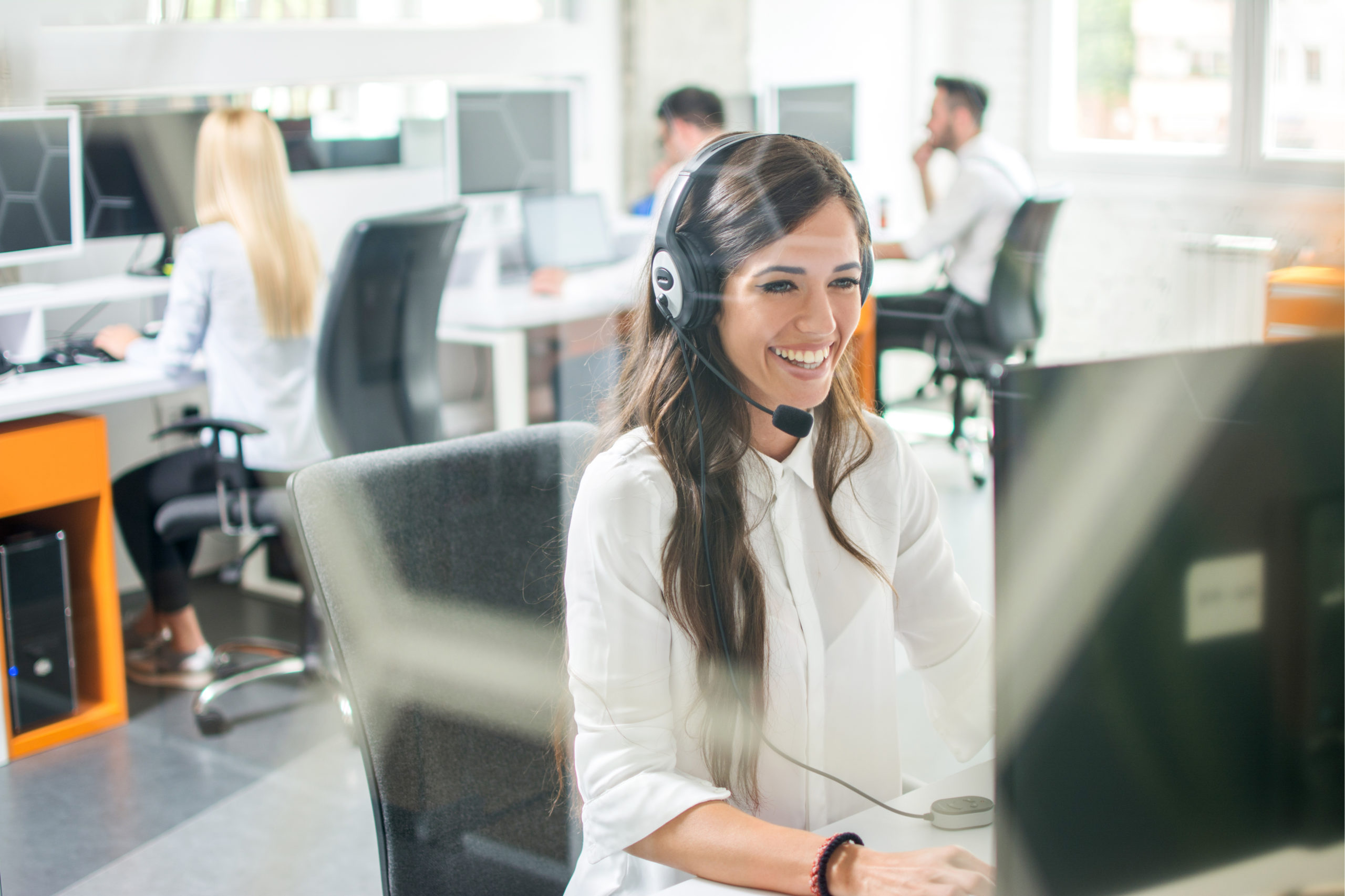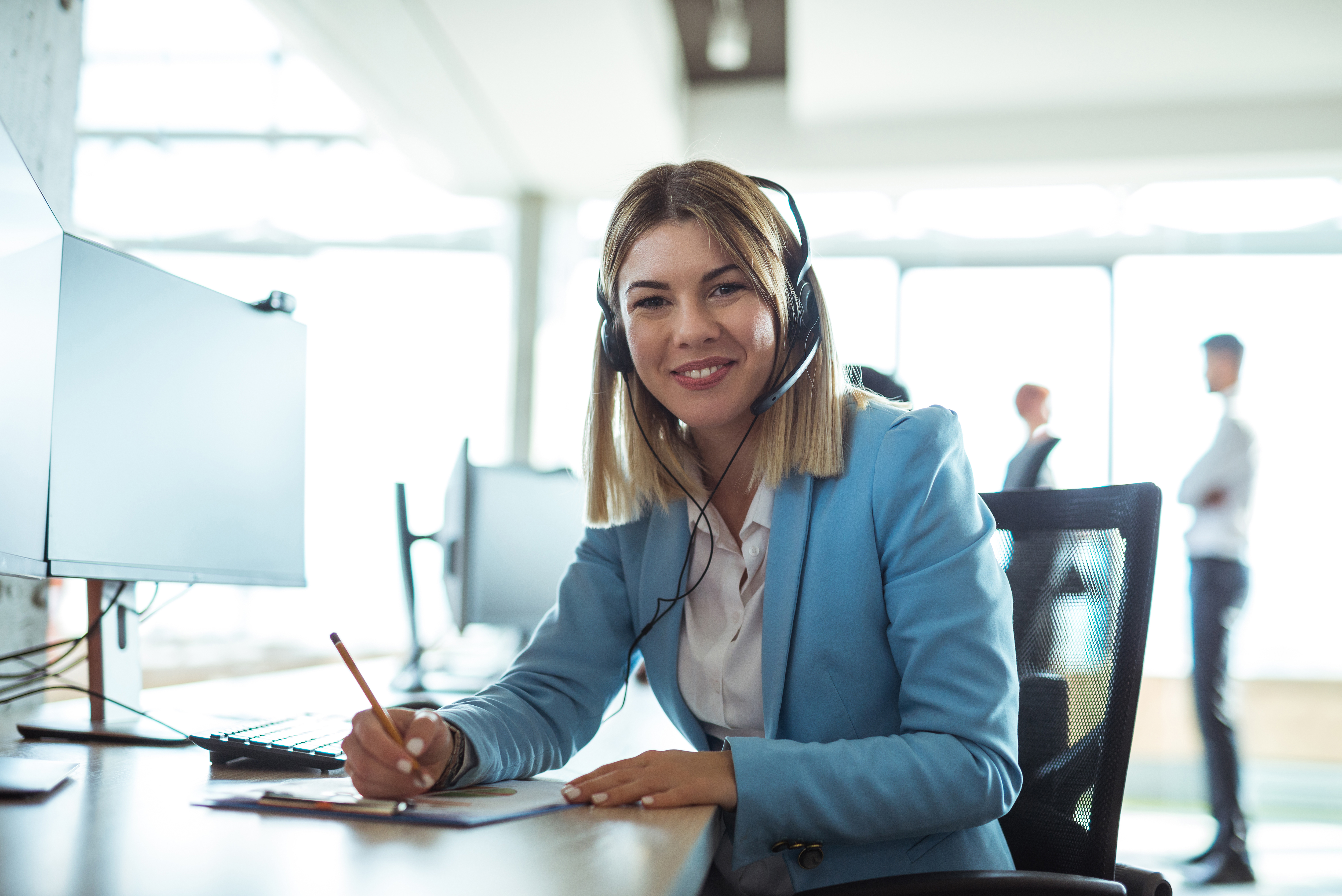All Categories
Featured
Table of Contents
- – Top Telephone Answering Service - Answer My Phone
- – Who Is The Best 4 Different Types Of Business ...
- – What Is The Best Telstra Voice Features & Serv...
- – What Is The Best Spring 9 Best Answering Serv...
- – Who Has The Best What Is A Phone Answering Se...
- – What Is The Best How Much Do Answering Servi...
Top Telephone Answering Service - Answer My Phone
This device and its successors were developed by Sava Jacobson, an electrical engineer with a private consulting service. While early answering makers utilized magnetic tape innovation, most modern-day equipment uses solid state memory storage; some gadgets utilize a combination of both, with a solid-state circuit for the outbound message and a cassette for the inbound messages.
"toll conserving" listed below) (business call answering service). This is beneficial if the owner is evaluating calls and does not wish to talk to all callers. In any case after going, the calling celebration needs to be notified about the call having actually been answered (most of the times this starts the charging), either by some remark of the operator, or by some welcoming message of the little, or addressed to non-human callers (e.
This holds particularly for the Little bits with digitally saved greeting messages or for earlier devices (before the increase of microcassettes) with a special limitless loop tape, different from a 2nd cassette, devoted to recording. There have been answer-only gadgets with no recording capabilities, where the greeting message needed to inform callers of a state of current unattainability, or e (reception services).
Who Is The Best 4 Different Types Of Business Phone Answering Services Company
about schedule hours. In taping TADs the welcoming normally consists of an invite to leave a message "after the beep". An answering device that uses a microcassette to tape messages On a dual-cassette answerphone, there is an outgoing cassette, which after the specified number of rings plays a pre-recorded message to the caller.

Single-cassette answering machines include the outbound message at the start of the tape and incoming messages on the staying area. They first play the announcement, then fast-forward to the next available space for recording, then tape-record the caller's message. If there are many previous messages, fast-forwarding through them can trigger a considerable hold-up.
This beep is often referred to in the welcoming message, asking for that the caller leave a message "after the beep". Littles with digital storage for the tape-recorded messages do disappoint this delay, obviously. A little bit might provide a push-button control facility, where the answerphone owner can sound the house number and, by going into a code on the remote telephone's keypad, can listen to recorded messages, or erase them, even when away from house.
What Is The Best Telstra Voice Features & Services - Home Phone Service?

Consequently the device increases the variety of rings after which it addresses the call (usually by two, resulting in 4 rings), if no unread messages are currently saved, however responses after the set variety of rings (usually 2) if there are unread messages. This enables the owner to learn whether there are messages waiting; if there are none, the owner can hang up the phone on the, e.
Some devices likewise permit themselves to be remotely triggered, if they have actually been turned off, by calling and letting the phone ring a certain a great deal of times (generally 10-15). Some service providers abandon calls currently after a smaller variety of rings, making remote activation difficult. In the early days of TADs an unique transmitter for DTMF tones (dual-tone multi-frequency signalling) was regionally required for remote control, because the previously utilized pulse dialling is not apt to communicate proper signalling along an active connection, and the dual-tone multi-frequency signalling was carried out stepwise.
Any inbound call is not identifiable with respect to these residential or commercial properties in advance of going "off hook" by the terminal equipment. So after going off hook the calls must be switched to appropriate devices and only the voice-type is immediately accessible to a human, however maybe, nonetheless must be routed to a LITTLE (e.
What Is The Best Spring 9 Best Answering Service Providers For 2023 [Reviewed]
What if I told you that you do not have to in fact get your gadget when responding to a consumer call? Another person will. So convenient, right? Answering call does not require someone to be on the other end of the line. Efficient automated phone systems can do the technique just as effectively as a live agent and in some cases even better.
An automatic answering service or interactive voice action system is a phone system that interacts with callers without a live individual on the line - virtual answering service. When business utilize this technology, consumers can get the answer to a concern about your service just by utilizing interactions established on a pre-programmed call circulation.
Although live operators update the client service experience, many calls do not need human interaction. A simple taped message or guidelines on how a consumer can recover a piece of details usually resolves a caller's instant need - business answering service. Automated answering services are a simple and efficient way to direct incoming calls to the best person.
Who Has The Best What Is A Phone Answering Service??
Notification that when you call a business, either for assistance or item inquiry, the very first thing you will hear is a pre-recorded voice welcoming and a series of alternatives like press 1 for customer care, press 2 for queries, and so on. The pre-recorded options branch off to other choices depending upon the customer's selection.
The phone tree system helps direct callers to the best individual or department utilizing the keypad on a smart phone. In some instances, callers can use their voices. It deserves noting that auto-attendant choices aren't limited to the ten numbers on a phone's keypad. When the caller has chosen their very first choice, you can create a multi-level auto-attendant that uses sub-menus to direct the caller to the right type of help.
The caller does not need to communicate with a person if the auto-attendant phone system can handle their concern. The automated service can path callers to a worker if they reach a "dead end" and require help from a live representative. It is costly to work with an operator or executive assistant.
What Is The Best How Much Do Answering Services Cost? Local Business Tips ... To Buy Right Now?
Automated answering services, on the other hand, are considerably cheaper and supply considerable expense savings at approximately $200-$420/month. Even if you don't have actually committed staff to manage call routing and management, an automatic answering service enhances productivity by enabling your group to focus on their strengths so they can more efficiently invest their time on the phone.
A sales lead routed to customer care is a lost shot. If a consumer who has product concerns reaches the wrong department or receives insufficient answers from well-meaning staff members who are less trained to deal with a particular type of question, it can be a cause of frustration and frustration. An automated answering system can reduce the variety of misrouted calls, therefore assisting your workers make much better use of their phone time while freeing up time in their calendar for other tasks.
With Automated Answering Systems, you can create a customized experience for both your staff and your callers. Make a recording of your primary welcoming, and merely update it routinely to reflect what is going on in your organization. You can develop as numerous departments or menu options as you want.
Table of Contents
- – Top Telephone Answering Service - Answer My Phone
- – Who Is The Best 4 Different Types Of Business ...
- – What Is The Best Telstra Voice Features & Serv...
- – What Is The Best Spring 9 Best Answering Serv...
- – Who Has The Best What Is A Phone Answering Se...
- – What Is The Best How Much Do Answering Servi...
Latest Posts
Trusted Emergency Call Answering Service (Unley 5061)
High-Quality Business Answering Service ( Australia)
Top Receptionist Service Near Me – Adelaide
More
Latest Posts
Trusted Emergency Call Answering Service (Unley 5061)
High-Quality Business Answering Service ( Australia)
Top Receptionist Service Near Me – Adelaide